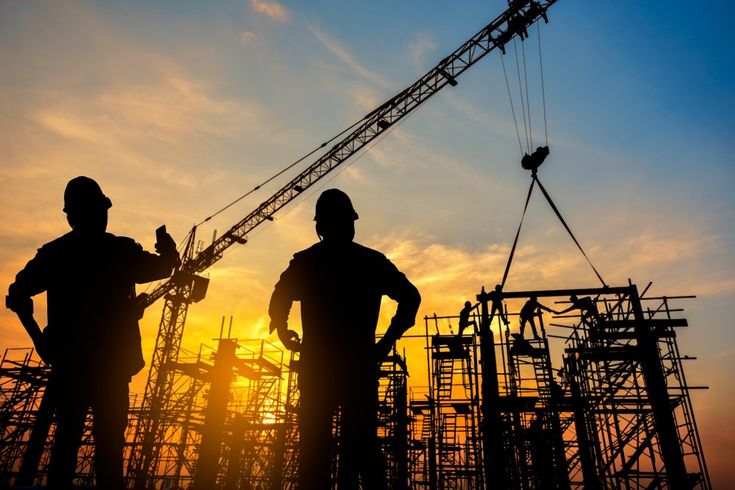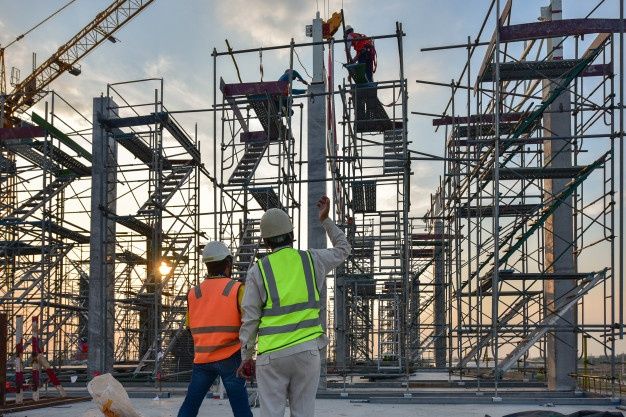According to experts, construction is the activity of constructing facilities and infrastructure. In architecture or civil engineering, a building is defined as a building unit or infrastructure in one or more areas.
In simple terms, architecture is defined as a complete building object made up of structural parts. For example, a structural frame is the overall shape or structure of a building structure. Other examples include highway construction, bridge construction, shipbuilding, etc. The types of construction you should know are:
Building Construction

This is a familiar fact to us. In every city, big or small, construction is underway. It starts with the construction of public facilities such as government buildings, educational institutions, and recreational facilities. The construction of buildings is usually planned by architects and civil engineers, and more emphasis is placed on the materials required for the construction aspect.
Structural Engineering

Road construction is a project that involves excavation, landfill, paving, bridge construction, drainage system construction, etc. Road construction is usually planned by the local public works department and is different from building construction in terms of the activities between the owner, planner, and contractor.
Engineered construction is construction that involves structures that are specifically planned and designed by professionals to meet the infrastructure needs of a community. This type of construction is divided into two parts: road construction and heavy equipment construction.
Meanwhile, large-scale domestic construction projects include public utility projects such as dams, pipeline installations, non-road transportation, water transportation, and air transportation. These constructions are usually financed by the government or through partnerships between the government and the private sector.
Industrial Construction

These industrial constructions typically include industrial projects that require special specifications and requirements, such as refineries, heavy or basic industries, mines, nuclear power plants, etc. Planning and execution require precision, expertise, and specific skills.
Stages of Industrial Construction

Typically, a construction project progresses through four phases: from the planning phase, to the design phase , to the procurement or auction phase, and finally to the implementation or construction phase. The four phases are described in detail below.
Step 1
The planning phase is where the project plan is developed, including the appointment of consultants. What happens at this stage? This includes a brief description , project feasibility study, design selection, budget , and funding program.
Step 2
In the second phase, the design plan is implemented in three phases. The three periods are the preliminary design or pre-design period, the design development or design development period, and the final design and implementation documents or final design and construction documents period.
Step 3
The third stage is the purchase or auction stage, where after the initial idea is developed, a planning consultant is contracted and a supervisory consultant is contracted to oversee the project. After contracting with the consultant, a contract is also contracted with the contractor at this stage.
Step 4
The final stage is the construction stage, which is the stage where physical construction is implemented according to the design concept agreed upon in the previous stage. In this stage, after the contract is signed, a work order or SPK is issued, through which the work can be performed.









